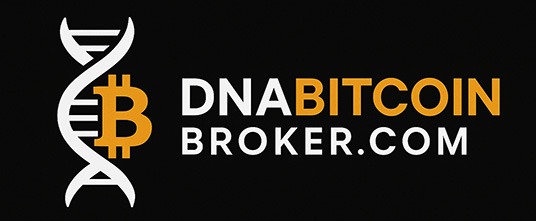Bitcoin’s Halving Aftershock: Institutional Strategies for the Next 12 Months
“Every halving is less about speculation and more about strategy. The question for institutions is not if, but how, to build exposure.” – DNA Crypto Knowledge Base
The April 2024 Bitcoin halving — cutting block rewards from 6.25 to 3.125 BTC — has already reshaped the market. Supply-side pressure, ETF inflows, and regulatory clarity under MiCA are forcing European institutions to rethink strategies for the next 12 months.
Learn more: Bitcoin Sovereign Reserves
Post-Halving Price Dynamics
Historically, halvings precede bull markets. This cycle, the drivers are more structural:
-
– ETF Demand – Spot Bitcoin ETFs have unlocked access for pension funds, asset managers, and family offices. European inflows via UCITS wrappers are accelerating.
-
– Supply Compression – Daily issuance has halved; long-term holders and institutional wallets are accumulating aggressively.
-
– Price Outlook – Deutsche Bank forecasts stronger BTC momentum into late 2025, contingent on macro conditions and regulatory certainty.
Related: Institutional Bitcoin Adoption
Mining Economics in Transition
The halving has transformed mining into a contest of capital efficiency:
-
– Revenue Decline – Block rewards now account for less than 60% of miner income. Transaction fees are increasingly critical.
-
– Consolidation – Smaller EU miners face exits or mergers, while larger firms invest in renewable contracts and AI-driven optimisation.
-
– Strategic Partnerships – Institutions are exploring indirect exposure via mining-backed debt instruments and tokenised hash rate products.
Explore: Quantum Threats to Bitcoin
Bitcoin as a Strategic Reserve Asset
Under MiCA’s reporting standards, Bitcoin is evolving from speculation to strategic collateral:
-
– Balance Sheets – European corporates across fintech, logistics, and agritech are allocating 5–15% of reserves to BTC via ETFs or regulated custodians.
-
– Collateral Utility – BTC is used in structured lending, repo markets, and cross-border settlements in crypto-friendly jurisdictions.
-
– Accounting – IFRS fair-value and impairment models are easing volatility risks.
Read: Future of Bitcoin in Corporate Finance
The Institutional Playbook
For CFOs and asset managers, the next 12 months are about Strategy, Objectives, Execution (SOE):
-
– Dollar-Cost Averaging – Reduce timing risk via monthly BTC buys through ETFs or custodians.
-
– Treasury Diversification – Hedge against inflation and geopolitics by blending BTC with euro-denominated Stablecoins and sovereign bonds.
-
– Collateral Optimisation – Deploy BTC in repo markets and derivatives to boost efficiency.
-
– Mining Exposure – Partner with EU-compliant miners or allocate to tokenised mining assets for indirect yield.
More: Crypto Treasuries
From Volatility to Vision
The post-halving era isn’t about chasing speculative rallies. It’s about institutions positioning Bitcoin as a foundational reserve asset in Europe’s MiCA-compliant landscape.
The following 12 months offer a rare opportunity for asset managers, corporates, and treasuries to lead — not follow — in building sustainable Bitcoin strategies.
Image Source: Adobe Stock
Disclaimer: This article is for informational purposes only and does not constitute legal, tax, or financial advice.

